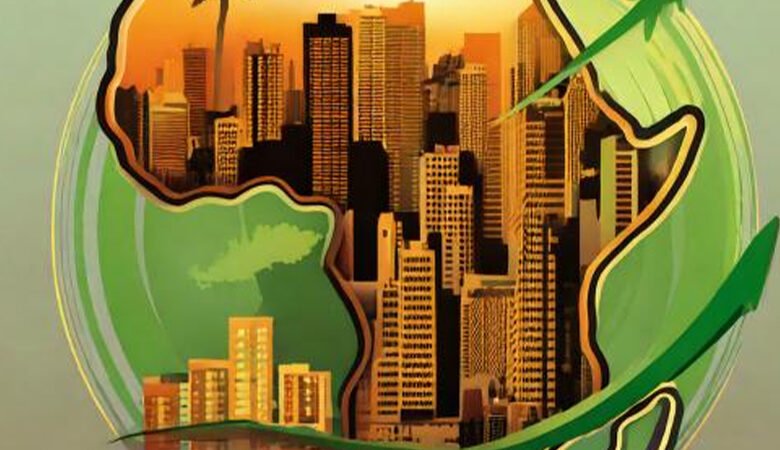
In a report titled « Sovereign – Sub-Saharan Africa: 2025 outlook stable as financing conditions improve; but debt costs still high, » released on January 8, 2025, the financial rating agency Moody’s projects a 4.2% economic growth in Sub-Saharan Africa for 2025, compared to 3.8% in 2024.
Moody’s report reveals that « this increase could be due to the easing of financial conditions, increased investments in infrastructure and the energy sector, the acceleration of economic reforms, and the expansion of the services sector. »
The decline in inflation and lower policy rates will support the easing of monetary policy
According to the American rating agency, « the decline in inflation and the reduction in policy rates by major global central banks will support a general trend toward easing monetary policy in the region. » This trend is expected to gradually reduce financing costs, although they will remain higher than in the post-COVID-19 period. The agency anticipates the persistence of financing constraints for certain states. At the same time, Moody’s points to « another source of sovereign risk » in the form of « high financing needs required for servicing external debt relative to usable foreign exchange reserves. » Furthermore, the agency fears that « a sustained appreciation of the dollar in 2025 will also increase the cost of servicing foreign currency debt. »
In its report, the American agency notes that « South Africa and Nigeria, the two largest economies in the region, will continue implementing economic reforms that will strengthen their solvency and growth prospects. » « For South Africa, improvements will be gradual, despite a significant reduction in power cuts and load shedding, while Nigeria is expected to continue its efforts to establish a more efficient foreign exchange market, » the document states. The report also highlights « a strengthening of economic growth in Angola and the Republic of Congo in 2025 due to the exploitation of new oil and gas projects that will offset the decline in production from aging fields. »
Significant foreign direct investment flows into countries producing raw materials essential for the energy transition
In Namibia and the Democratic Republic of Congo (DRC), countries producing raw materials essential for the energy transition, Moody’s projects significant foreign direct investment flows. However, climate risks could dampen the economic outlook for some countries. The rating agency points to « the persistence of drought that disrupted hydroelectric and mining production in Zambia, nullifying the benefits of higher copper prices. » Among these potential obstacles, Moody’s notes « political risks that could undermine stability in other countries such as Ivory Coast, where the head of state is suspected of wanting to run for a fourth term in October 2025, and Mozambique, where the opposition still contests the victory of the ruling party’s candidate in the October 9, 2024 presidential election. »






